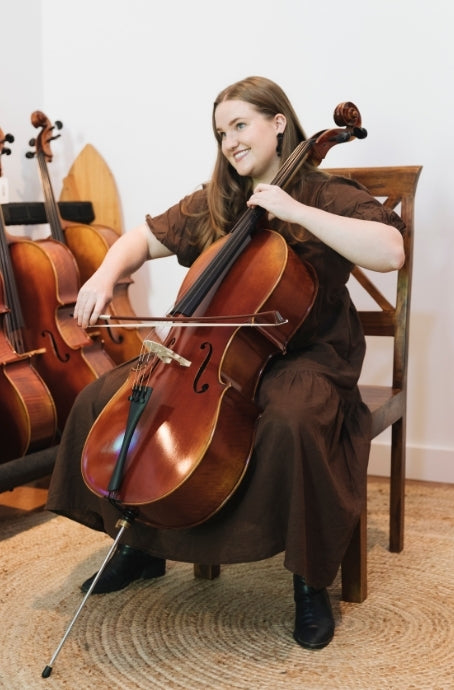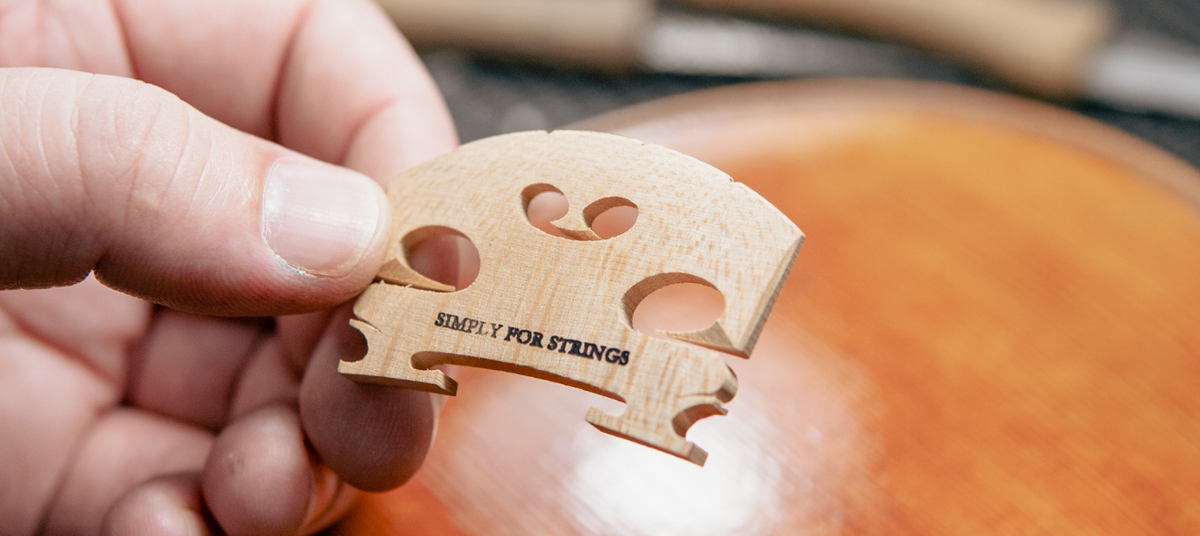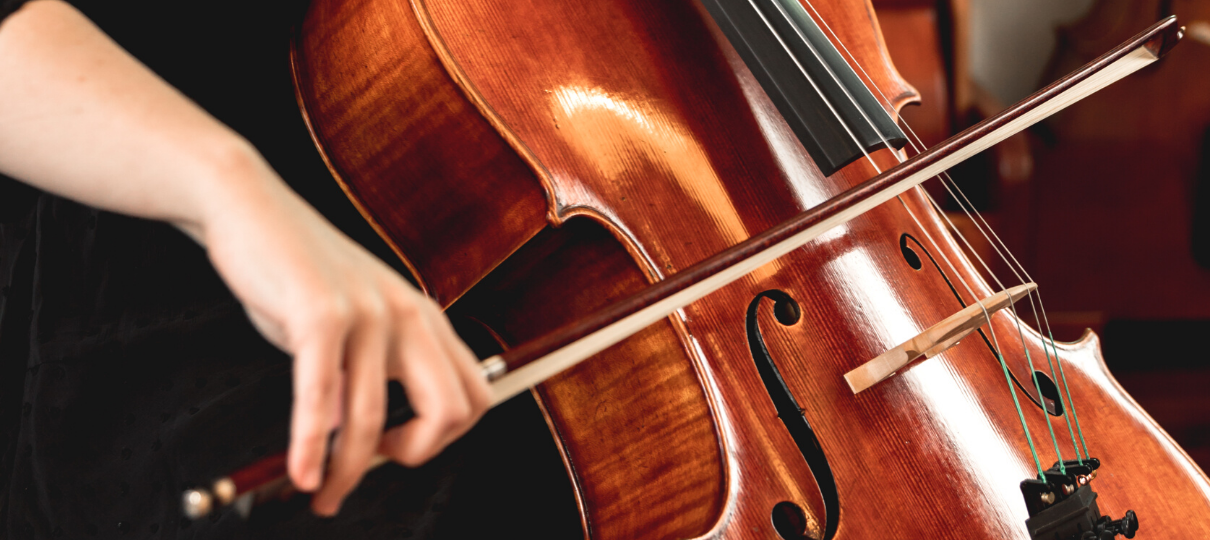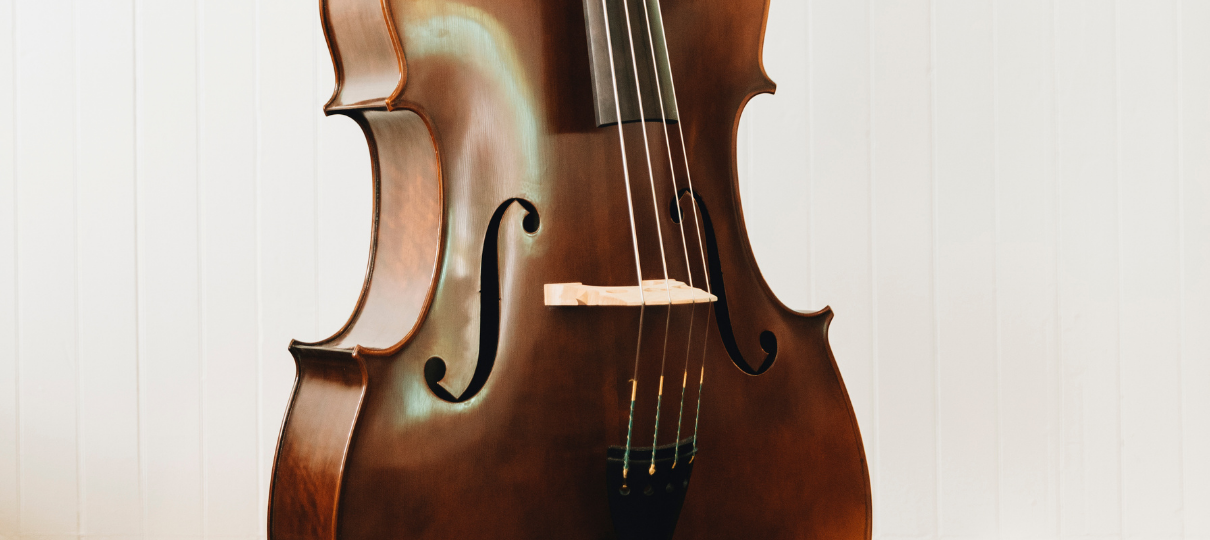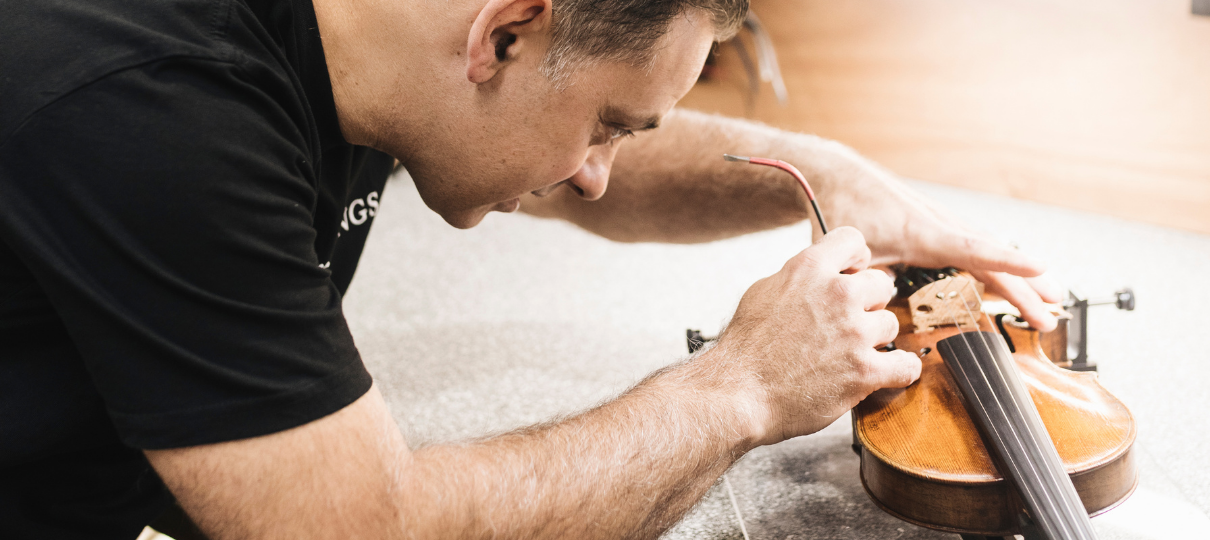If you are shopping around for a new string instrument, or upgrading your current one, you will inevitably come across the term “setup”. This term is often used as a buzz-word within the industry but you will find an endless dictionary of definitions for the “ideal setup”, all conflicting with each other.
Never fear, we’re here to help you clear the confusion and find the very best sound and setup on your violin. And as individual as your are, the ultimate violin setup will be unique to your own playing style and preferences.
First of all, what is a setup? What does it mean “to setup” an instrument. Some shops will receive the instrument from the factory, stand up the bridge, tune up the strings and say it is set up. Whilst it may look ready to go, oftentimes it will be difficult to play, won’t stay in tune, break strings, or even be structurally unstable.
For a general overview of the minimum stands of a basic setup, you can check out our helpful guide HERE . Note, here we have used the term “Professional Setup”, as this should be performed by professional luthiers, who are trained experts in the field of violin making, setup, and performance.
As a rule, a setup suitable for any player should have:
- a good quality bridge which fits the belly of the instrument.
- the height of the bridge should allow the strings to be close enough to the fingerboard to play easily, yet far enough to let the string vibrate freely
- the nut, bridge grooves, and tuning pegs should all fit and be adjusted to allow the strings to tune easily
- the internal soundpost should be positioned and fitted correctly to support the pressure on the top plate and to allow vibrations to resonate through the instrument
So why do some setups cost so much more? Why do some people like certain setup styles over others?
Let’s compare a standard setup to something a professional might prefer:
Professionals need everything stated above, however may prefer certain elements to help enhance their playing style.
As no bridge can perfectly do everything, a well-trained luthier will need to balance the bridge's properties as they carve it.
For example, carving a bridge thinner can greatly enhance the response and projection (how much sound is thrown out and how quickly), however this comes at the cost of complexity of tone colour and structural integrity; a thinner bridge is more likely to warp. In addition, a master luthier will be able to remove or leave minute amounts of wood from various areas of the bridge to enhance certain qualities; this is known as “bridge tuning”.
Bridge tuning works in conjunction with sound positioning. Where the soundpost is positioned internally can affect the balance between upper and lower registers, as well as a strident versus warm sound. By moving the soundpost a millimetre in any given direction, the violin’s sound can vary greatly.
“Action”, or the height of the strings off the fingerboard is also something which can be varied. A luthier may make the heights low in order to make it easier for the left hand. Some players, however, might have a very strong bow arm, and so prefer the feeling of resistance a slightly higher action gives them; allowing them to play more heavily into the string.
This is also where more custom setups become very important to players of different styles of music. For example, some fiddlers may play mainly double stops, with a much lower right elbow in their technique. In such instances, a flatter bridge, with lower string height may assist bowing; the soundpost then positioned to make playing louder easier.
Players of baroque violins use gut strings, which along with being much thicker, also vibrate much wider, so need higher actions and wider grooves in their nut and bridges. As one might guess, all these customisations take many hours of work, so understandably, will usually come at a higher cost.
For the average musician, purchasing your violin, viola, cello or double bass from a reputable retailer with professional luthiers is the best place to start. For those players with higher demands or specific tastes, the best advice is to form a long-term, good relationship with your luthier.
Together, you will be able to collaborate to find your own authentic sound and a lifetime of satisfying music making with your violin.
Book an appointment with our team of professionally trained luthiers today, or learn more about the services on offer by getting in touch with us on 1300 739 293.





